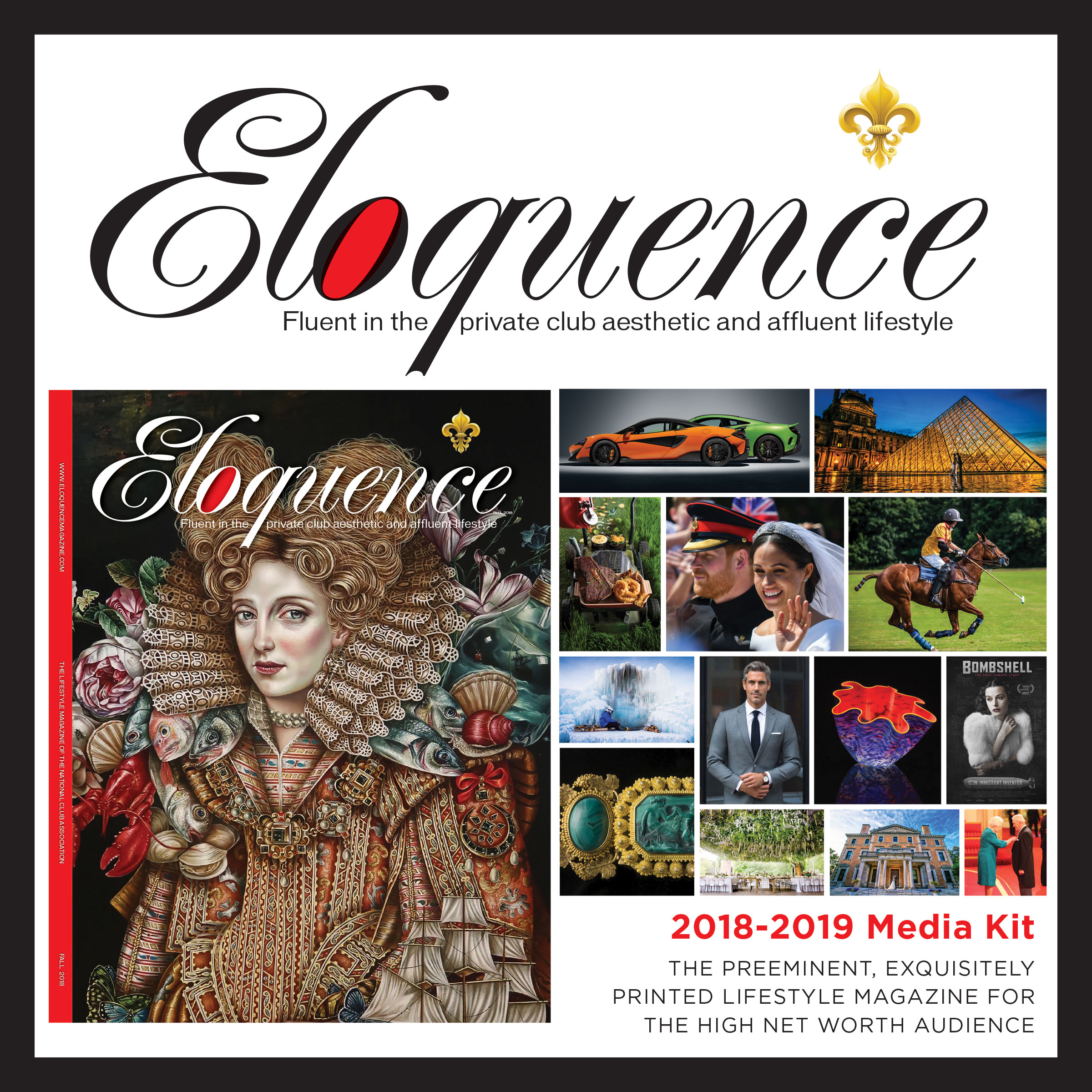By James Espey
“If you never leave the shore ― you will never reach the other side” ― James Espey
Having just turned 75, it is good to look back on 50 years in the wonderful spirits industry.
Post-War Drinking Patterns
Until the ‘60s, people were very set in their drinking habits and tended to stick to beer or a choice of spirits, such as whisky or brandy. Wine was in its infancy, other than in or adjacent to wine growing areas. For example, in the United States, people drank wine in California, but it was hardly available in New York. In the United Kingdom, being adjacent to Europe, wine was drunk, but only by the wealthy. Beer drinkers stuck to beer.
Global Marketing and Evolving Choices
All this has changed with the evolution of global marketing and eclectic taste. Most of us drink according to our mood and time of day. In my own case, I love a beer after sport, I enjoy a glass of wine with an evening meal, but I will probably precede it with a good blended whisky, and after dinner, who knows, maybe a single malt.
How do I drink the whisky? It depends on the time of day and the temperature. I may have it on the rocks with a dash of water or on a summer’s day with a ginger ale or even with Coca-Cola.
My Personal Sales Experience
I have been privileged to sell and even create a number of global liquor brands. I sold J&B and Smirnoff in the ‘70s. I launched Malibu in 1979 ― a brand originally created in South Africa when Mandela was in prison. I was also privileged to be the Chairman of Baileys in the late ‘70s, invented by my partner and friend, Tom Jago. I also had the pleasure of working on a number of gin brands, Gilbeys, Gordons and Tanqueray, and indeed rum brands ― Captain Morgan Spiced Rum in particular ― all great and exciting drinks.
Whisky ― Whiskey
The category I find most exciting, however, is whisky ― spelled with an “e” or not. Vodka and gin are interesting categories, but they lack real heritage and history, other than as brands. The really exciting and versatile category is whisky (whiskey). Whilst my heart is in Scotch, I respect whiskies from all over the world, as long as they have been matured in wood with love and care.
My present company, The Last Drop, is now owned by Sazerac who have some superb Bourbon brands, such as Buffalo Trace, Blanton’s, George Stag, Colonel Taylor, and Pappy van Winkle among others.
Currently, at the Buffalo Trace Distillery in Frankfort, they are doing some amazing things with maturation and also to minimize evaporation, and thus allowing bourbon to mature gently in wood for many years.
To me, the key to whisky is wood management and where appropriate, the blending process and, of course, Father Time. I was privileged, with Tom, to launch The Classic Malts in the late ‘80s, followed by Johnnie Walker Blue Label and towards the end of my formal career ― 1997 ― I launched Chivas Regal 18 and was fired as a result because the Chairman disagreed with me. It is important to stand up for what you really believe, although it certainly made life interesting. Today, it is the world leader in the 18-year-old category.
Global Whiskies
It is exciting to see whiskies from all over the world doing very well. Bourbon and American whiskey are going through a great phase, selling $3 billion plus per annum. It is also good to see Japanese, Indian, Australian, Finnish, French, South African and other whiskies on the world stage. As long as they conform to decent regulations and are made with integrity, I am a great fan.
Scotch Whisky
Scotch whisky is probably the greatest category of all, selling over £4 billion and about 100 million cases per annum. As well, 1.23 billion bottles are produced annually and about 35 bottles leave Scotland every second to go to some 200 markets worldwide.
At one stage, it was seen as a high-status premium drink, primarily for affluent, middle-aged men. Thank goodness all that has changed, and today more and more young people, especially women, are making it their drink of choice, which pleases me greatly.
Regulation and Duty
Scotch whisky is rightly tightly regulated. Some 93 percent of all production is exported evenly across major markets. India and a number of Asian markets have penal duty rates and, should that change, there will be a real run on Scotch.
In recent years, single malts have become very fashionable, but the truth is the heart of great whisky is in blends. The average blend has about 75 percent grain and 25 percent malt, although some of the more expensive blends will often have a higher malt content.
Essentially with Scotch there are 3 whiskies ― grain whisky, which is starting to be discovered as a drink in its own right, malt whisky, which is full of character and more expensive to produce and which in recent years has also provided a potential upside for the investor and lastly, blends, which are the bedrock of the industry.
Malts vs. Blends
I have always enjoyed a good single malt and usually drink it after dinner with a few blocks of ice. However, the magic and mystery is in the blends. When I am discussing The Last Drop blends, I always invite people to tell me what is their favorite musical instrument. Some may say piano, some may say violin or even cello or drums. I then ask them if they would like to listen to purely that one instrument all day, every day. Of course not, because in music, an orchestral symphony, with all its complexity, is the true gold standard. A great blender manages the barrels, tastes and chooses and puts a blend together to find the right harmony. Remember, with Scotch whisky, it has to be in barrel for a minimum of three years and most are considerably older.
The Production of Blends
Scotch whisky is made from cereals that germinate, in turn releasing enzymes, which turn grain starches into sugar. Heating halts the germination and yeast is added to ferment the sugary mixture. The result is basically beer or porridge, which is distilled to produce a clear colored, sharp distillate not suitable for drinking and contain many complex organic compounds.
Water is then added and the mixture is stored for maturation in usually second-hand oak barrels. Scotland has no oak of its own and the barrels will most probably be ex-bourbon or sherry ones, which offer a rich, complex semi-permeable membrane through which gases can pass. There are many chemical interactions during this process as the distillate reacts with the second-hand wood in a cold Scottish climate.
The Angel’s Share
Because barrels are porous, there is always evaporation (in Scotland it’s 1.5–2 percent per annum, which is called “The Angel’s share”). In hotter climates, evaporation is closer to five percent, which is why, for example, you do not get many old bourbons. However, Sazerac are bucking the system with some very exciting developments.
Bourbon Heritage
Bourbon heritage can be traced back to the USA’s infancy in the late 18th century and is an uniquely American spirit. Bourbon tastes different from other whiskies, such as Scotch, Irish, Canadian, Japanese or Tennessee whisky. It is made predominantly from corn and must be stored in new oak barrels so that over time it develops a deep amber color and rich flavors as it matures. No artificial color or additives are ever added, but it cannot be matured for too long or the angels will be drunk on their share.
Scotch Whisky Heritage
The earliest documented record of Scotch Whisky goes back to 1494 when Friar John Cor produced some 1,500 bottles, which suggested that distilling was already well established then!
In the mid-16th century, Henry VIII closed some 800 monasteries and over 10 ,000 monks were driven from their sanctuaries and had no choice but to put their whisky making skills to good use, which helped to spread the gospel of Scotch. Initially, whisky was taken for its medicinal qualities.
Whisky became ever popular as a social elixir during the long cold winters, but of course it attracted the attention of the Scottish Parliament, which introduced the first taxes on whisky in the 18th century.
Great After Funerals!
Some of you will know about an ancient custom prevalent in the Highland Villages of Scotland. On the day of a funeral, it was the custom for the mourners to carry the dead person’s coffin around the homes of family and friends. The coffin would be placed on the floor in the centre of the living-room, words spoken, and everyone would have a dram and toast to the deceased.
Usually quite a number of houses were visited and, on one occasion, owing to lack of space, the coffin was upended in the hallway of the last house visited. Of course, the customary drams and toasts took place before the procession departed, or even staggered to the graveyard. It was only after the ceremony back at the last house for a final dram that somebody pointed out that they had mistakenly buried the grandfather clock!
And What About Smugglers vs. the Tax Man?
To pay or not to pay? That was the question. Long, and often bloody, battles arose between the tax collectors and illicit distillers, and smuggling was standard practice for some 150 years. Often the church and ministers were on the smuggler’s side and, would you believe, some made storage space available under the pulpit.
On occasions, illegal whisky was transported by coffin (not a grandfather clock!) ― an effective way to escape the watchful eye of the excise man. Clandestine stills were hidden in the heather clad hills of Scotland and smugglers organized signaling systems from one hilltop to another whenever tax officers were seen in the vicinity.
By the 1820’s, despite the fact that as many as 14,000 illicit stills had been confiscated, more than half the whisky consumed in Scotland was being enjoyed without payment of duty. In 1823, the Excise Tax Law was passed, which sanctioned the distilling of whisky in return for a license costing £10 and a set payment per gallon of proof spirit.
Smuggling declined rapidly and indeed many of the present-day distilleries stand on smuggling sites of old.
Amazingly, Scotch has survived U.S. Prohibition, wars and revolutions, economic depressions and recessions and is enjoyed in more than 200 countries around the world, generating more than £4 billion in exports and arguably at least £12 billion in total sales throughout the globe.
Post-WW2 and the Distillers Company
The Distillers Company, which historically had done a fantastic job until the Second World War, were rightly taken over by Guinness in 1986 and are now part of Diageo. The original pioneers of Scotch did a wonderful job traveling the world for months at a time extolling the virtues of their wonderful mature and flavorful beverage.
Sadly, however, after the Second World War, because Scotch was in such demand, Distillers Company senior executives were very arrogant and virtually dictated to people how they should drink whisky. It was either with water or soda with a little ice allowed. In Scotland, however, a lot of people enjoyed it with lemonade.
Scotch Whisky Regions
There are five Scotch-whisky-producing regions in Scotland:
- The Highlands ― Robust, big, spicy, full
- The Lowlands ― Soft, easy, gentle. Speyside ― rich, complex, full
- Campbelltown ― Peaty, medicinal, salty
- Islay ― Seaweed, smoky, medicinal and
- TCP or throat-cleaner ― You like it, or you hate it, and many truly love the big Islay whiskies.
Learn the difference and it will help your appreciation and understanding of various whiskies.
So How Should You Taste Whisky?
I don’t believe in hard and fast rules. Firstly, read and try and understand the label, it contains a lot of information besides the name. Is it produced and bottled in Scotland, from what region, is it a blend or a simple malt, what is the age, strength and in some cases tasting notes? Knowing these details will help you on your way in selecting one.
Try and use appropriate glassware. If you like to drink out of a plastic mug or a tin cup ― ugh. That’s your choice! However, using the correct glass will enhance your drinking and tasting experience.
Whisky and food pairings are becoming more and more popular. Remember, neither the food nor the whisky should overpower the other. If you were serving a light fish dish, never introduce and Islay malt, but look more toward a Lowland, for instance.
The age statement is important. It tells you that all about the liquid, both grain and malt, if it is a blend, and whether it has spent at least that amount of time in oak barrels in Scotland. Age doesn’t always mean better, but truly great aged whiskies are outstanding, both as an experience and of course as an investment.
Whisky Does Not Improve Once It Is Bottled
If you have been holding on to a 12-year-old bottle of malt for 30 years, it is still a 12 year old, not a 42 year old. Whisky only matures in an oak barrel and that barrel has to be in Scotland.
Once you have opened whisky, it does change in character, but only slightly because air has been introduced to the liquid and more chemical reactions are taking place. It won’t go off, but don’t leave it too long. This has never been an issue in my house, though!
A Tip to Go
If there is no age statement on a bottle or there is too much bling in the packaging, it is never as old as it pretends to be. As the great Coco Chanel said, “Fashion goes but style stays forever.”
“Cheers, Down the Hatch or Slangavar!”
About the Author: James Espey, Last Drop Distillers Chairman
M: +44 7957 275824




